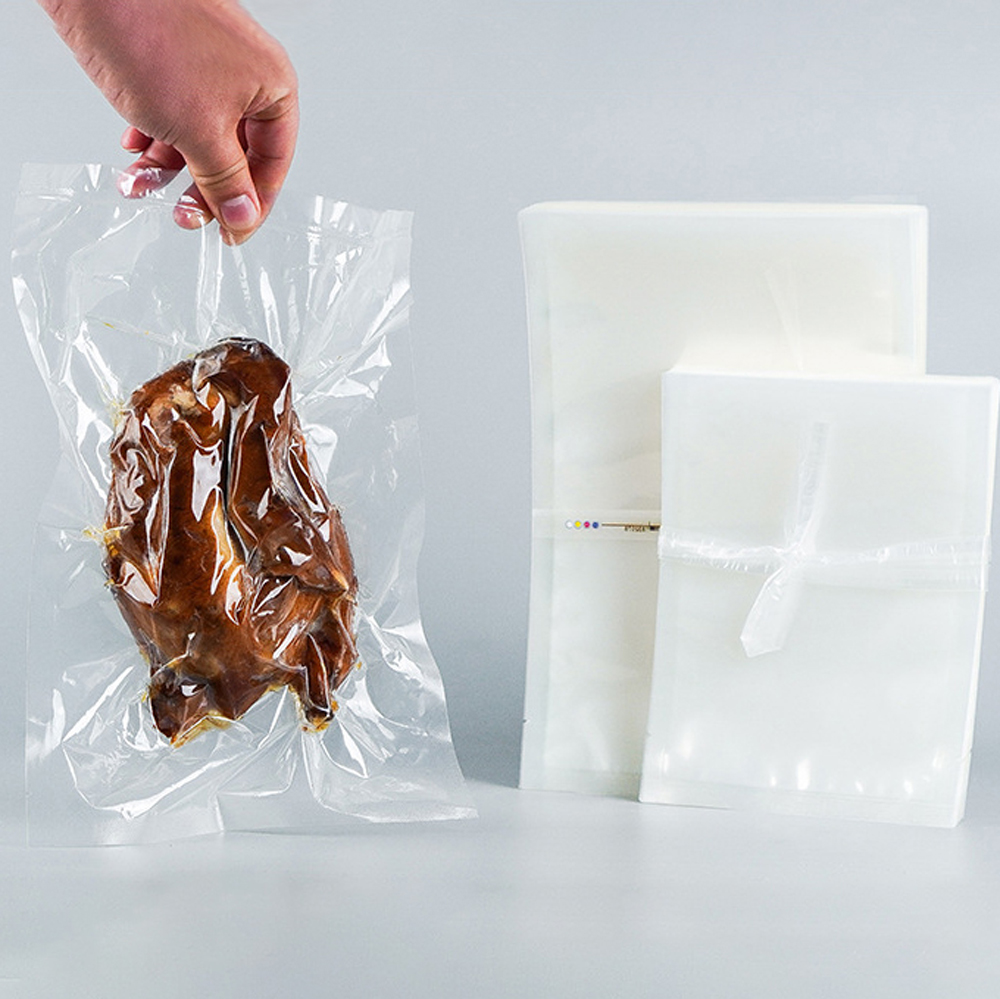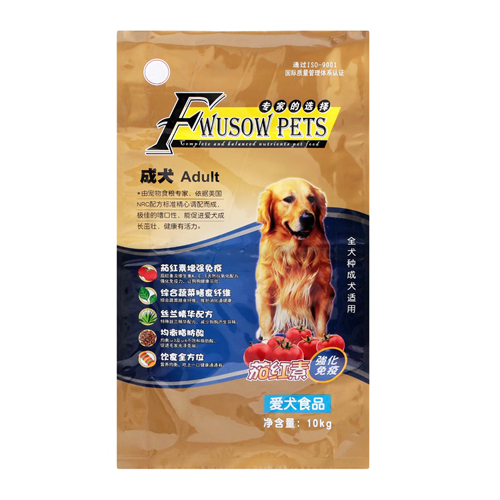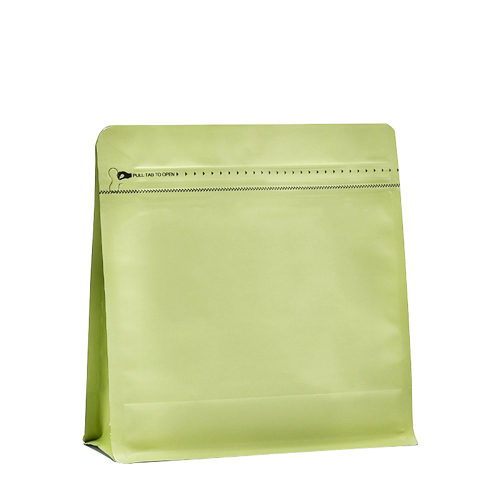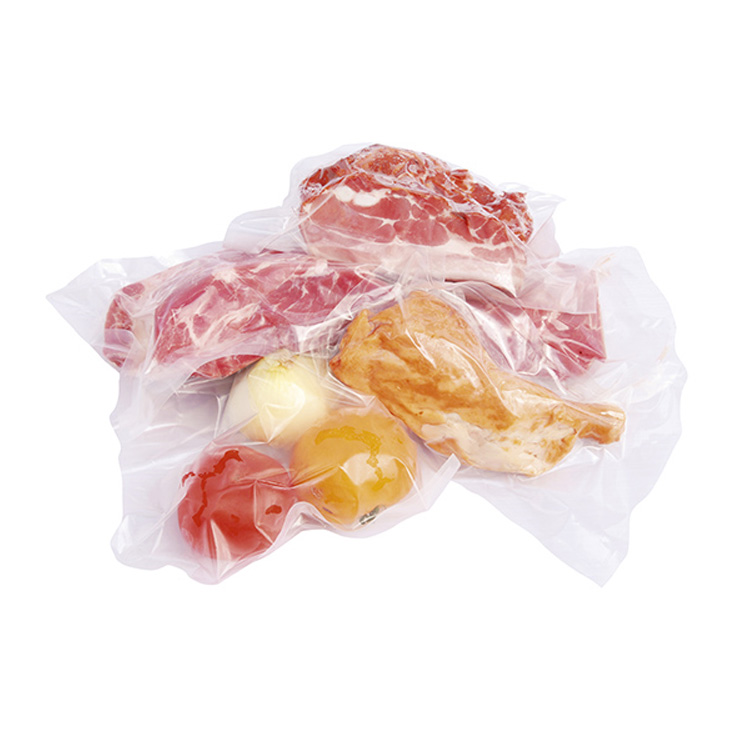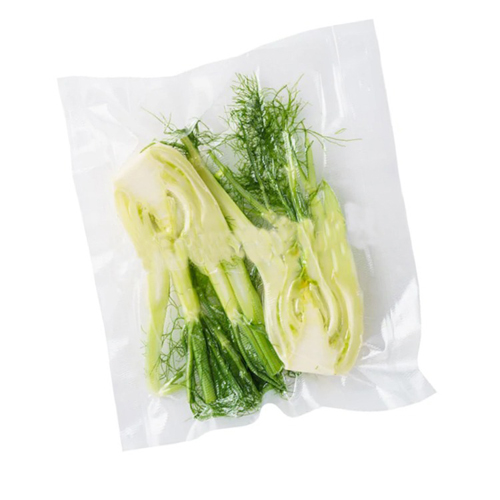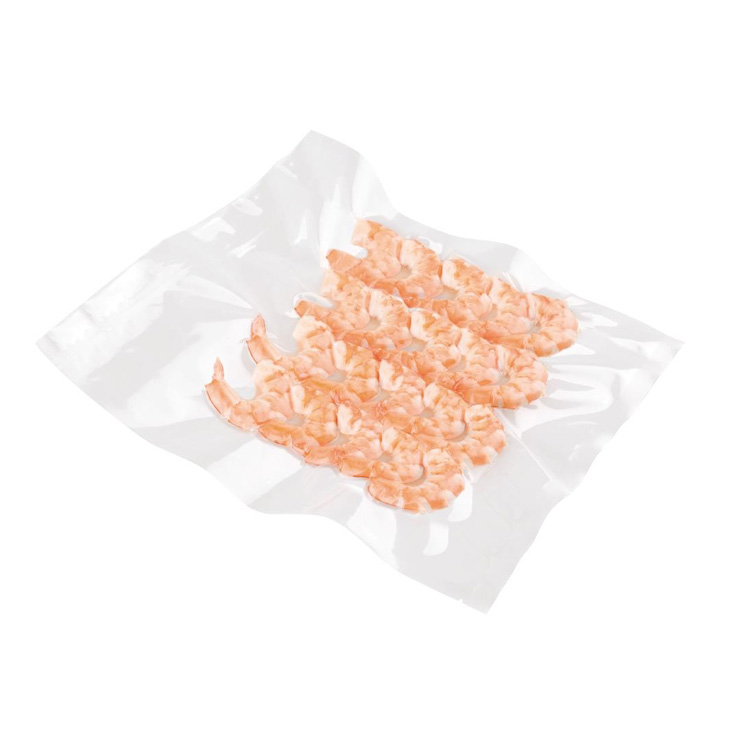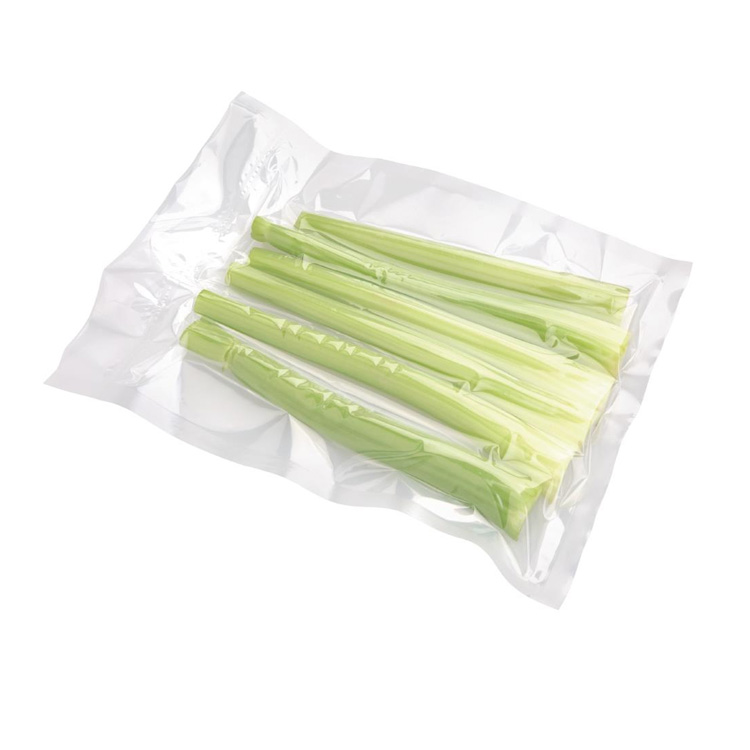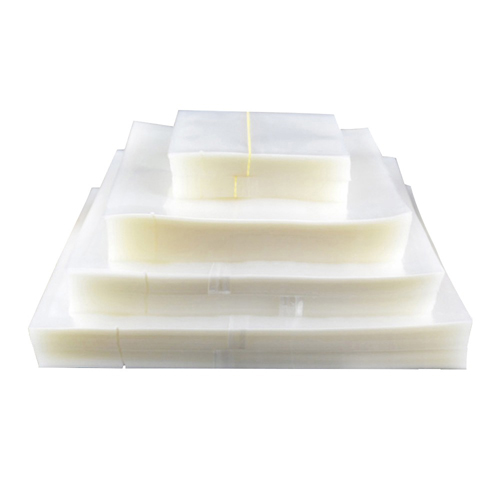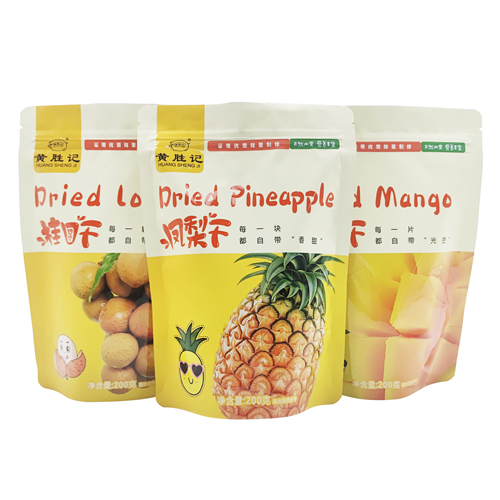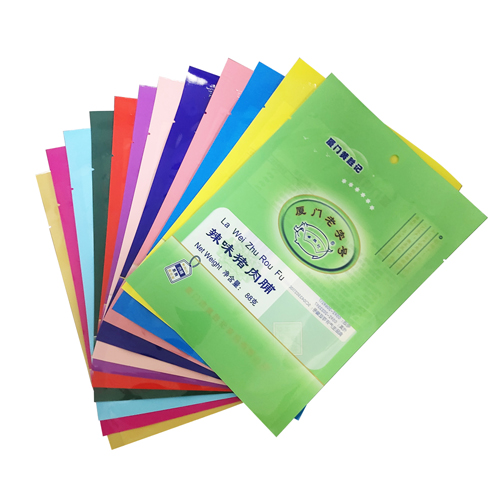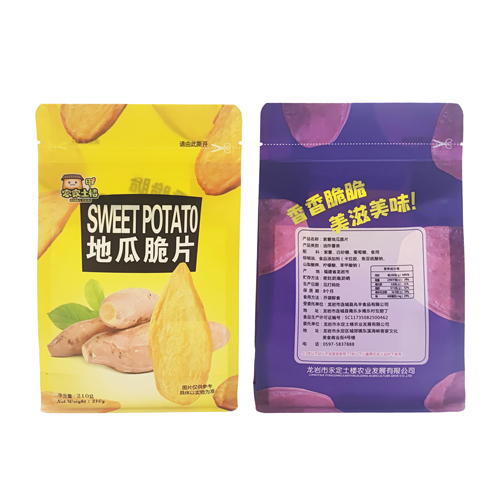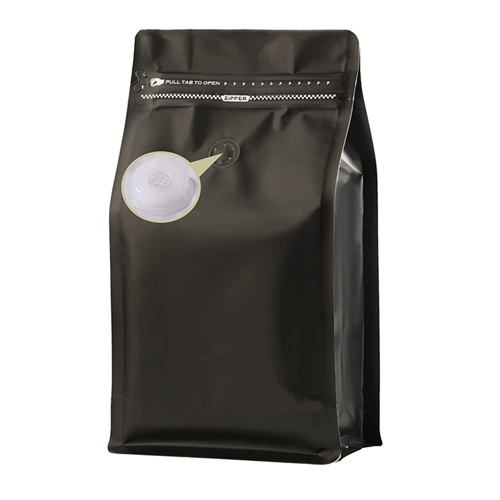In the fresh food industry, packaging is not only the external image of products, but also a key defense line to ensure the freshness and safety of food. With the continuous improvement of people's requirements for the quality of fresh food, how to choose suitable packaging bags to ensure the freshness and safety of food during transportation, storage, and sales has become a focus of industry attention.
● Selection and Characteristics of Packaging Materials
Among numerous packaging materials, plastic bags are widely used as the basic material. Packaging bags, fresh-keeping bags, vacuum bags, and sealed packaging made from them meet the needs of different fresh foods with diverse properties. Packaging bags made of ordinary plastic bags have low cost and good flexibility, making them suitable for fresh products with less stringent packaging requirements. The plastic bags made with special technology can effectively isolate the outside air and moisture, maintain the humidity inside the packaging bags, and delay the deterioration of fresh food. For perishable fruits such as strawberries and blueberries, sealed packaging them with plastic bags can significantly improve the preservation effect. As an advanced application of plastic bags, vacuum bags create a low oxygen environment by removing the air inside the vacuum bags fresh-keeping bags, inhibiting microbial growth. For perishable foods such as meat and seafood, vacuum bags packaging bags can greatly extend their shelf life. Sealed packaging plastic bags vacuum bags are widely used in various types of fresh food, from vegetables to cooked food. The tight sealing design makes it difficult for bacteria to invade, ensuring food safety.
● Key points of packaging design
Reasonable packaging design is the key to improving the freshness and safety of fresh food. Whether it is packaging bags, vacuum bags, fresh-keeping bags, or sealed packaging plastic bags, they all need to be carefully considered in their design. The shape and size design of packaging bags vacuum bags should fully adapt to the form of fresh food. For example, larger plastic bags can be used to package larger vegetables, while smaller plastic bags are suitable for packaging small portions of fresh ingredients. When designing a vacuum bags, its thickness and toughness should be considered to ensure that it will not be damaged during the vacuum pumping process of the packaging bags, and can withstand a certain amount of pressure to ensure the safety of food during transportation and storage. The design of sealed packaging is of utmost importance. High quality sealed plastic bags vacuum bags fresh-keeping bags have tightly sealed areas that can maintain good sealing even after repeated opening and closing. Like common acid sealed packaging, it effectively prevents content leakage and external pollution. The design of fresh-keeping bags usually features a structure that is easy to tear or can be resealed, making it convenient for consumers to access while ensuring the freshness of the food inside the plastic bags.
● The application of preservation technology combined with packaging
The combination of preservation technology with packaging bags, vacuum bags, fresh-keeping bags, sealed packaging, and plastic bags provides stronger guarantees for the preservation and safety of fresh food. Modified atmosphere preservation technology is often used in conjunction with sealed plastic bags to regulate the gas composition inside the bag, inhibit the respiration and microbial growth of fresh food, and extend the shelf life. Vacuum bags sealed packaging technology relies on vacuum bags to achieve this. Fresh food is placed in a vacuum bags and air is removed to create an anaerobic environment. Sealed packaging fresh-keeping bags can prevent oxidation and moisture. In addition to basic isolation protection, fresh-keeping bags can also be filled with preservatives to further enhance their preservation effect. Packaging bags made of various plastic bags sealed packaging materials, when combined with refrigeration, freezing and other preservation methods, create a suitable storage environment for fresh food with good cold and heat resistance. Whether it is plastic bags vacuum bags sealed packaging for frozen seafood or sealed plastic bags for refrigerated fresh milk, they can ensure the quality and safety of food under different temperature conditions.
● Comprehensive considerations in practical applications
In the actual packaging bags process of fresh food, it is necessary to comprehensively consider multiple factors and flexibly use packaging bags, vacuum bags, fresh-keeping bags, sealed packaging, and plastic bags. For fruits and vegetables with high moisture content and easy oxidation, they can be packaged in fresh-keeping bags first, and then put into plastic bags with good sealing. For perishable meat and cooked food, vacuum bags packaging is used, followed by a layer of plastic bags packaging bags to enhance the protective effect. At the same time, sealed packaging is used to ensure that there will be no leakage or damage during transportation and sales. In the fresh food area of supermarkets, plastic bags are usually used for simple packaging, combined with sealed packaging design to facilitate customer selection and ensure the freshness and safety of food. Different types of vacuum bags cooperate with each other, based on the characteristics and sales scenarios of fresh food, to leverage their respective advantages and jointly safeguard food safety.
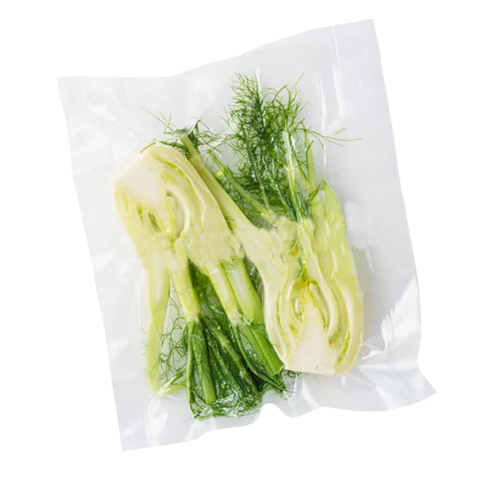
About Us
Fujin New Materials, After Several Years Of Development, Has Developed Into A Packaging Enterprise With A Certain Scale. Our Company Integrates R & D, Design, Printing, Bag Making, Testing And After-Sales Service Into A Comprehensive Printing Company. Our Company Is Specialized In Producing Vacuum Bags, Food Bag,Sealed Packaging,Fresh-Keeping Bags, Aluminum Foil Bag, Opp Bags, Pe Bags, Recyclable Coffee Bag, Kraft Paper Ziplock Bags, Snacks Packaging Pouches, Stand Up Ziplock Bags, Pet Food Bag, Etc.


